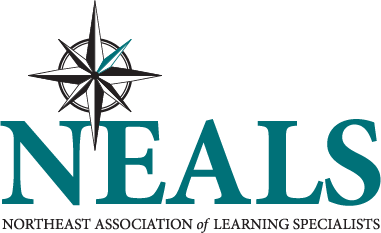
Linguistic and Cultural Diversity - Building on America's Strengths
Reprinted with permission from the National Association for the Education of Young Children.
As our nation becomes more linguistically and culturally diverse and as the issue of bilingual education becomes more politically charged, early childhood educators have a responsibility to understand how best to meet children's needs and how to provide effective early childhood education for all children. NAEYC's position statement, Responding to Linguistic and Cultural Diversity -- Recommendations for Effective Early Childhood Education, offers principles of good early childhood practice which hold true regardless of the language spoken by children or their families.
Unfortunately, our nation tends to regard children's differences - language differences, in particular - as handicaps rather than resources. Negative attitudes toward non-English speakers can lead to children's difficulties in mastering English as well as their first language. Children will develop the use of English even if their home language is preserved.
Educators should encourage the use of home language learning while fostering the acquisition of English in order to strengthen ties between programs and families.
Parents and educators must recognize that children actively attempt to understand their world through their own language and culture. For this reason, children learn best when they acquire skills in a meaningful context. Identifying what children already know and building on their prior learning, regardless of language, will help promote an environment that engages all children in learning.
NAEYC's position statement acknowledges the challenges facing early childhood educators who may not be adequately trained to work with children whose home language is not English. Even though an educator may not be familiar with a child's language and culture, the educator has a responsibility to respect the child and family. Encouraging dialogue, play and projects that promote social interaction and first-hand experiences are the best ways to facilitate second language learning among preschoolers.
Programs and families must work together to afford children every opportunity to learn and to become effective, functioning members of society. This is best achieved when young children feel supported, nurtured, and connected not only to their home communities but also to the teachers and the educational setting.
Recommendations for working with children:
- Recognize that all children are cognitively, linguistically, and emotionally connected to the language and culture of their home.
- Acknowledge that children can demonstrate their knowledge and capabilities in many ways.
- Understand that without comprehensible input, second-language learning can be difficult.
Recommendations for working with families:
- Actively involve parents and families in the early learning program and setting. Encourage and assist all parents in becoming knowledgeable about the cognitive value for children of knowing more than one language, and provide them with strategies to support, maintain, and preserve home-language learning.
- Recognize that parents and families must rely on caregivers and educators to honor and support their children in the cultural values and norms of the home.
("Responding to Linguistic and Cultural Diversity -- Recommendations for Effective Early Childhood Education" appeared in Young Children, January 1996)
Document Use/Copyright
Copyright © 1999 National Association for the Education of Young Children.
